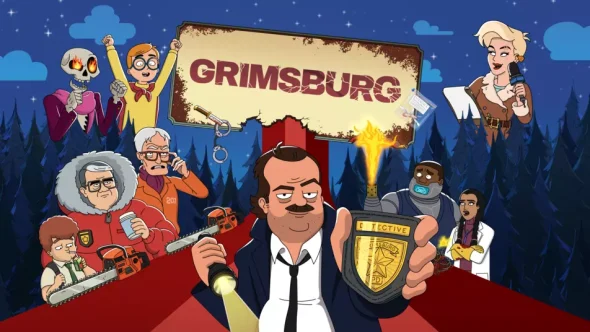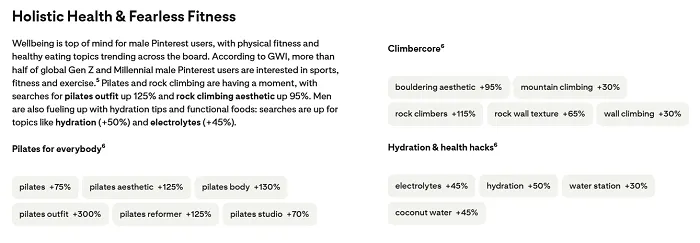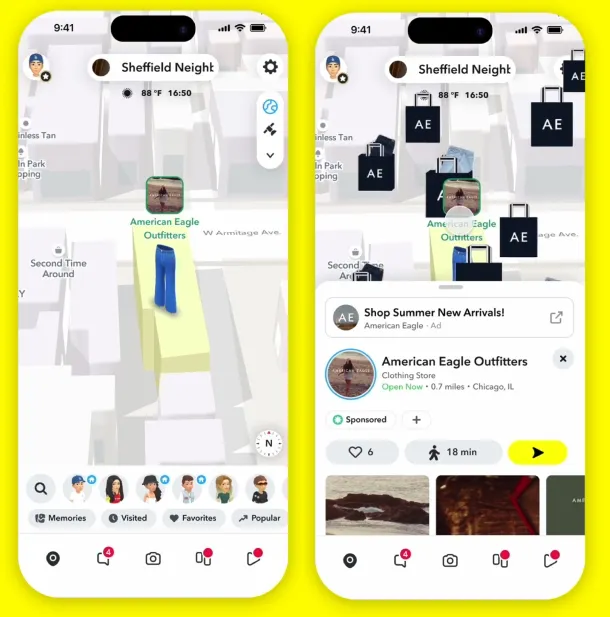[ad_1]
Every year, the martech world is flooded with bold predictions about what’s next. But let’s face it: some of those predictions are never going to happen. Here are 10 martech trends you won’t see in 2025, and the reasons why they’re just not realistic.
1. Martech becomes less expensive
In most areas of technology, devices get smaller and cheaper every day, but martech software keeps getting more cumbersome and expensive. That’s not going to change. We’re all going to spend more on martech tools this year — and probably for years to come. Why?
Part of the problem is that established martech tool vendors tend to dominate, making it difficult and expensive for startups to disrupt existing martech categories. As a result, startups often compete in new martech categories that they help create. Ultimately, these categories get integrated into the established tools, making everything more complex and expensive.
2. Martech stacks get smaller
The relentless increase in complexity alone will ensure that never happens!
3. AI writes flawless long-form marketing copy
AI is pretty cool. It’s thrilling to see what a computer can create. What’s not so thrilling — and hugely frustrating — is that AI just isn’t good enough. Whether it’s creating falsehoods by misusing technical language or belching out bland, formulaic copy, AI still needs an editor with a flesh-and-blood brain to ensure real-world context.
And what happened to the massive AI improvements we were promised for 2024? Has AI already hit its capability ceiling?
Dig deeper: What every marketer should watch for in 2025
4. Automatic campaign optimization will work perfectly, every time
We all love the “super auto” mode of marketing platforms. From advertising to marketing automation, the promise of setting and forgetting sounds amazing. (Just imagine creating a campaign and letting the platform optimize it for you!)
Unfortunately, it often isn’t. Yes, you can achieve some modest improvements, particularly with straightforward tasks like A/B tests. But the platform can’t go beyond telling you whether A or B worked better. You still need a human to determine why one ad outperformed another, and then create option C to outperform both A and B. In short, automatic campaign optimization still isn’t optimal.
5. We solve the problem of attribution and ROI
Nope. Sorry. We’re still a long way from being able to directly attribute results to multichannel campaigns or determine the exact ROI for a particular activity.
Why? The reasons are many:
- Long sales cycles.
- The time it takes to build a brand.
- The interaction of different tactics, making it impossible to isolate the effectiveness of one.
- The challenge of gathering relevant data in a B2B context where sales are made by people.
The problems far outweigh the solutions. While we’re making progress on some channels (e.g., search ads for ecommerce), if you work in a discipline like PR, you likely won’t be able to measure ROI realistically for many years.
Dig deeper: The marketing ROI problem has its roots in marketing culture
6. The blockchain revolutionizes marketing
There was a lot of initial hype around using blockchain in marketing, but that has died down — and it’s unlikely to return. The touted benefits didn’t outweigh the complexity of moving to a new way of tracking marketing performance. However, if Bitcoin keeps going up, we might just be tempted to give crypto a try. Just sayin’.
7. Cookies finally die
Despite countless assassination attempts, the ubiquitous cookie remains stubbornly alive. And it’s going to live well beyond 2025.
We may be seeing the last few years of the third-party cookie, but even that cookie won’t crumble completely in 2025. First-party cookies, on the other hand, are becoming increasingly important and will thrive in 2025.
Dig deeper: What’s next for Google’s third-party cookie saga?
8. Customers are finally going to get paid for sharing their data
Sorry to disappoint, but I’ll say it again: This just won’t work. The process would be so cumbersome that consumers wouldn’t justify the time and effort, especially since the actual value of an individual’s data is too small.
The only workable model would involve a few companies controlling the market. The data privacy implications of such dominant players are just too scary to consider.
9. QR codes replace URLs
With all the recent stories about IT security risks tied to QR codes, audiences are becoming increasingly wary of scanning those scrambled squares.
Ironically, the publicity is encouraging more people to misuse QR codes for hacking or other shady activities. No, we won’t be saying goodbye to URLs anytime soon. Keep creating those memorable vanity URLs!
10. Chatbots now understand sarcasm
When chatbots work, they’re great. But they still have limitations. As an Englishman, their lack of understanding of sarcasm is particularly annoying.
For example, when they give you the wrong answer and you respond with, “Oh, thank you. That was sooooooooo helpful,” chatbots will still reply, “I’m glad I could help. Would you like to rate my support with five stars?”
Um, can I get back to you on that?
Dig deeper: Why AI will have the faults of human intelligence
Contributing authors are invited to create content for MarTech and are chosen for their expertise and contribution to the martech community. Our contributors work under the oversight of the editorial staff and contributions are checked for quality and relevance to our readers. The opinions they express are their own.
[ad_2]
Original Source Link






































































